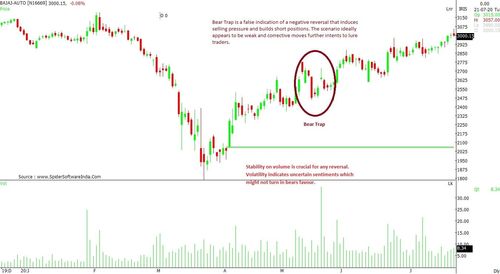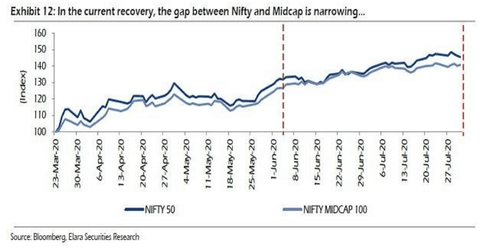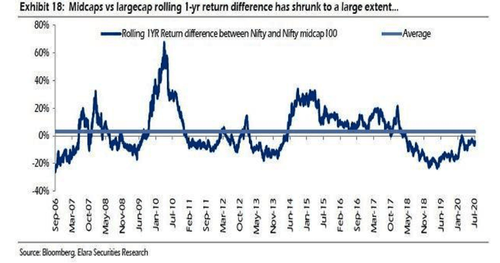Here's How To Avoid Getting Caught In A 'Bear Trap' While Trading
- 4m•
- 1,206•
- 24 Apr 2023
Simply put, a bear trap is a technical pattern that occurs when the performance of a stock or an index wrongly signals a reversal of a rising price trend. At times, such reversals instead turn into follow-up buying, thus trapping the sellers in their short positions. The psychology behind this whole process is called a “Bear Trap”.

A breakout stock typically draws buyers, and, because of the uptrend, volumes get added. That said, there are traders and investors who mindfully watch such a move to capitalise on the profit booking move or a negative reversal. On several occasions, such a strategy has given high returns, but the conviction for such a move needs to be firm.
'Bear Trap' is, in other words, a false indication of a negative reversal which appears to be weak with corrective moves that lure short-sellers, only for the prices to then see a steady recovery. It is rare to identify a perfect reversal that yields substantial returns. In many cases, participants are forced to exit in massive losses.
How To Avoid The 'Bear Trap':
Always validate the reversal on weekly and monthly charts; a correction on the daily chart might not give a firm affirmation that materializes into profits.

In a reversal, the perceived weakness needs to possess a few significant indications like a Gap down, price consistently falling after hitting a higher range or a level, indicators like Relative Strength Index (RSI) and Moving Average Convergence Divergence (MACD) showing overbought conditions or moving averages showing slower rise.
Moving Average Convergence Divergence (MACD) showing overbought conditions or moving averages showing slower rise.
Stability in volumes is crucial for any reversal. Volatility indicates uncertain sentiments which might not turn in bear's favour.
Avoid stocks which might be climbing new highs, such as 52-week high or monthly high.
Unless a stock shows breakdown underneath the previous support level decisively, avoid it.
A sudden jump in stock price may attract immediate weakness; swing trades are normal. But, always see that swing trades display weakness for the next two to three sessions.
Never look for reversal on the intraday scale, it could be hourly chart, 30 mins, 15 mins, 10 mins, or 5 mins. These signals may not always give proper warning signs.
Effect Of 'Bear Trap' On Trading
As one gets stuck in a bear trap, the basic trading skills start to diminish. To build stable profit in trading, consistency and ability to digest losses are a must. Every trade might not give the perfect turnaround, as predicted; in such a scenario, exiting even at a minor loss is a viable option.
Secondly, while taking a contra call, look for minimum gains as the trade is against the trend. Betting on a contra call is not a bad decision, however, if it goes wrong, then retrieving those losses becomes a tough task.

Trading is all about developing strategies and building trading principles. The most notable features of a trader are patience and calmness and a bear trap destroys both.
Lastly, instead of considering a larger gain from a stock, it is better to have a safe trade that can gradually broaden one’s trading skills.





